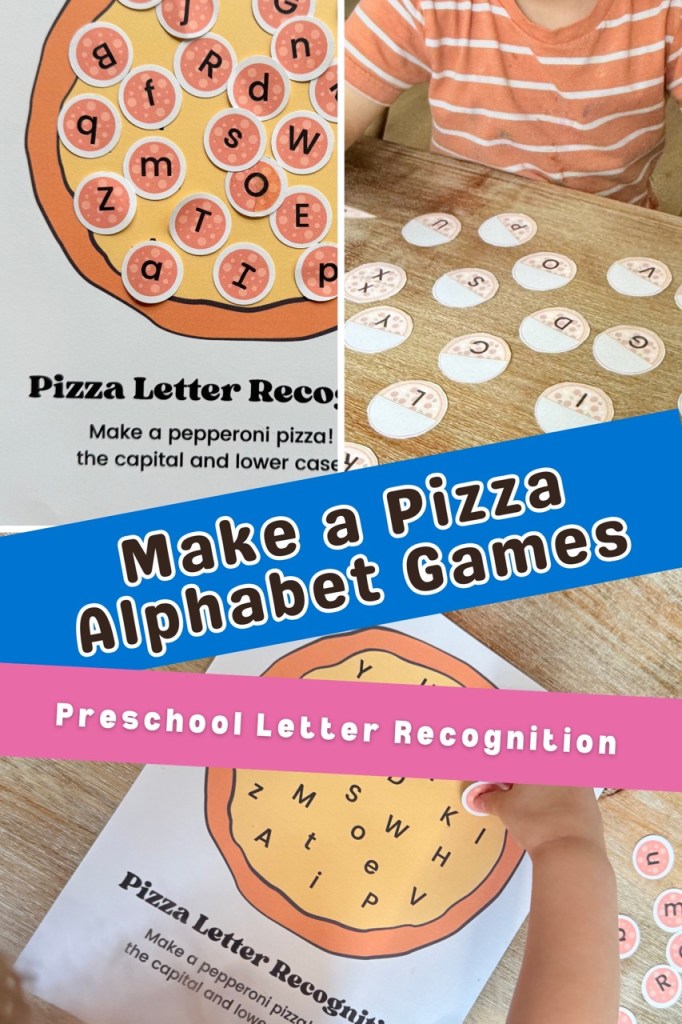Make a Positive Behavior Routine for Kids + Free Printable Chart
A schedule behavior chart offers several powerful benefits for young children—especially in the 3–6 age range—by combining structure with positive reinforcement. Kids thrive on structure!
Connect Your Daily Schedule to Behavior
It’s important for parents and children to understand why and what triggers big feelings. It is also important for a child to be an active participant in monitoring their own behavior. With younger children, I find it easier to have a daily reward system because even one week can be too long to keep their attention on the goal.
- Insert the behavior chart in a plastic sheet or laminate for reuse.
- At the start of the day, determine what your reward goal is. It does not have to involve buying something. It can be as simple as a dance party or ice cream after dinner.
- After every activity, have the child color in the emoji using a dry erase marker.
- Stop and reflect with your child. Ask how they felt. Congratulate them on good behavior or comfort them if it was difficult. Try to empathize why they might have been experiencing big feelings.
- Have your child count their smiles at the end of the day, or after dinner.
- Present the reward.

Reuse the behavior chart daily. Each day should be a fresh start for your child, and for you!
Seven Reasons Why a Daily Positive Behavior Routine is Essential for Kids
1. Builds Predictability & Reduces Anxiety
Children thrive on routine. A visual chart helps them understand what comes next, reducing power struggles and transitions that can lead to tantrums.
2. Promotes Independence
By using pictures or checklists, kids can take charge of their day. They learn responsibility and feel proud when they complete tasks themselves.
3. Encourages Positive Behavior
When paired with a reward system (like stickers or tokens), behavior charts make good choices visible and rewarding—turning discipline into a game rather than a punishment.
4. Teaches Cause and Effect
Charts help children connect the dots between their actions and outcomes. “If I clean up my toys, I get a star. When I get 5 stars, I earn a dance party!”
5. Reinforces Routines and Habits
Daily charts encourage healthy habits—like brushing teeth, getting dressed, or using kind words—by making them a regular, rewarded part of the day.
6. Encourages Emotional Awareness
Kids start to notice patterns in their own behavior, making it easier to talk about feelings, choices, and how to “try again” next time.
7. Strengthens the Parent-Child Connection
Using a chart together creates opportunities to celebrate small wins, reflect on the day, and share quality time with encouragement rather than correction.
Behavior Routine for Summer or Homeschool Schedules
Summer camps and even schools have classroom and behavioral management routines that make their days less stressful. Kids thrive on structure, so why not implement a systematic way for a child to learn how to manage their day and their behaviors. Check out my summer schedule and routine for a stress free holiday break! [add summer camp posts]
Other Recommended Crafts & Activities
Check out these other kids craft and activity ideas! From science and crafts, to cooking and travel, there is something for all ages to enjoy!




Join the Fun: Share & Stay Connected
We’d love to see your creations! Follow us on Facebook, Instagram or TikTok and tag us!
Pin this activity on your Pinterest board so other parents can join in the fun.
Join our mailing list and receive our monthly “Playbook” packed with free activities, family travel itineraries, easy dinner recipes, and moms’ night out ideas.
Tell us what you need! What kind of activities would you like to see next? Comment below with your ideas or email Chelsea!











